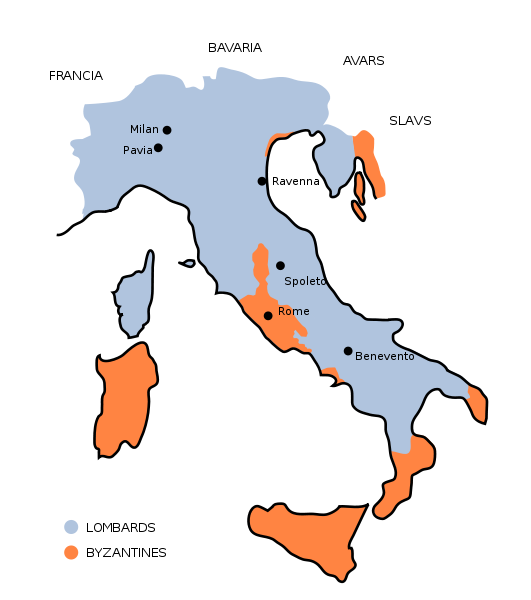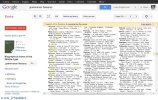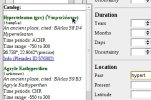Re: Historical Events Database
Another one, just for an example so everyone will know: you put in keywords "four stars appeared." That makes "appeared" a key word which is not useful. Try to avoid commonplace words that are irrelevant to the event as keywords. I changed this to "four stars, crown of fire" which is more useful for searching.
Hopefully, everyone will catch on to how you have to think about these things. You'll find that it actually changes the way you think about everything, makes it more logical and empirical.
Geez, no kidding. Since it is Cambridge press, I checked their website and there are FIVE volumes, QUITE PRICEY EACH!!! And they are way too big to scan if someone could get them from the library.
Oy, oy, oy!!!
Zadig said:Zach, I separated your column of fire and darkness at noonday into TWO events. As the darkness was a noonday, we can probably assume it was an eclipse and I so designated it. Too bad there isn't more to pin down the date.
I also adjusted the keywords so that if somebody is searching for something, they'll more easily find it. "column of fire, Byzantium" and "eclipse, Byzantium".
The REASON for breaking down reports into separate data points is so that an event that has many factors, which is naturally "heavier" will then plot as heavier when we are looking at a given time/place.
Ok.
Another one, just for an example so everyone will know: you put in keywords "four stars appeared." That makes "appeared" a key word which is not useful. Try to avoid commonplace words that are irrelevant to the event as keywords. I changed this to "four stars, crown of fire" which is more useful for searching.
Hopefully, everyone will catch on to how you have to think about these things. You'll find that it actually changes the way you think about everything, makes it more logical and empirical.
Zadig said:The events of 390 AD reported by Agapius were also reported in China, Korea and in Europe by Philostorgius and Marcellinus. See p. 68: http://books.google.be/books?id=Umxbb68tmZMC&pg=PA28&lpg=PA28&dq=claudius+II+comet&source=bl&ots=QGR3SL5mYl&sig=dmtUyaVnHqd3kKh2qRuU10SJPS8&hl=fr&sa=X&ei=ryQBU-bdM6Tt0gXWhoDYBg&ved=0CC8Q6AEwAA#v=onepage&q=claudius%20II%20comet&f=false
The Cometography of Kronk is a great book but quite expensive :
http://www.amazon.com/Cometography-Volume-Ancient-1799-Catalog-Comets/dp/052158504X/ref=sr_1_1?ie=UTF8&qid=1392632770&sr=8-1&keywords=cometography
http://www.abebooks.fr/servlet/BookDetailsPL?bi=11455772853&searchurl=kn%3Dcometography
Geez, no kidding. Since it is Cambridge press, I checked their website and there are FIVE volumes, QUITE PRICEY EACH!!! And they are way too big to scan if someone could get them from the library.
Cometography is a multi-volume catalog of every comet observed throughout history. It uses the most reliable orbits known to determine the distances from the Earth and Sun at the time a comet was discovered and last observed, as well as the largest and smallest angular distance to the Sun, most northerly and southerly declination, closest distance to the Earth, and other details to enable the reader to understand the physical appearance of each well-observed comet. Volume 5 provides a complete discussion of the observations and pertinent calculations for every comet seen between 1960 and 1982. The comets are listed in chronological order, with complete references to publications relating to each comet and physical descriptions of each comet's development throughout its apparition. Cometography will be valuable to historians of science as well as providing amateur and professional astronomers with a definitive reference on comets through the ages.
Provides complete observations and calculations of every comet seen from 1960 to 1982
Includes physical descriptions of each comet's development throughout its apparition
Lists comets in chronological order, with complete references to publications relating to the comet
Oy, oy, oy!!!



